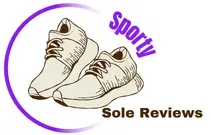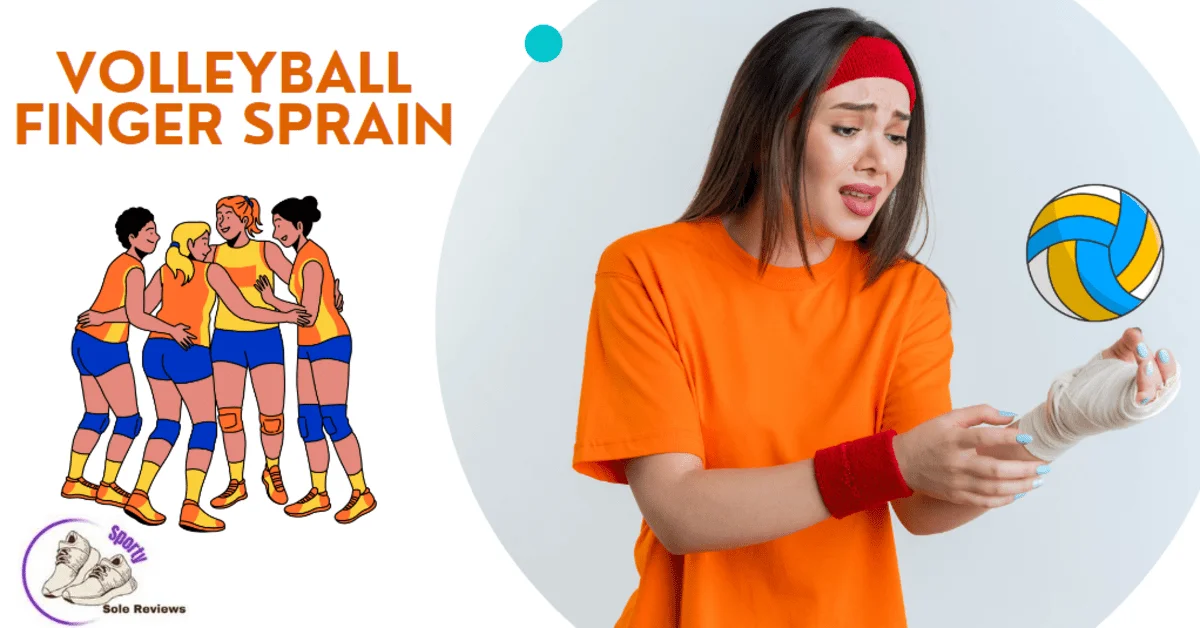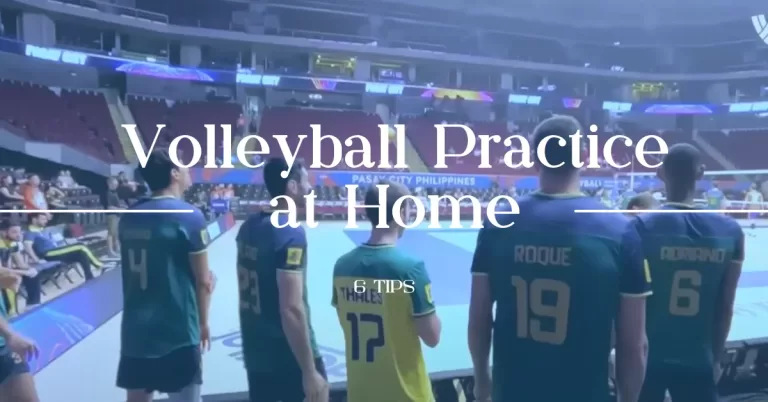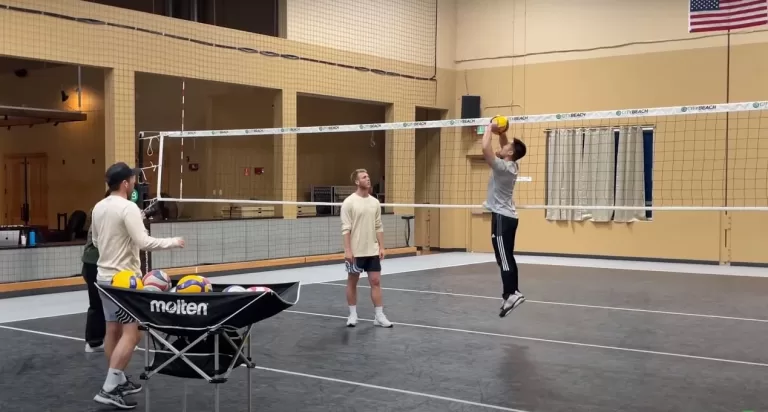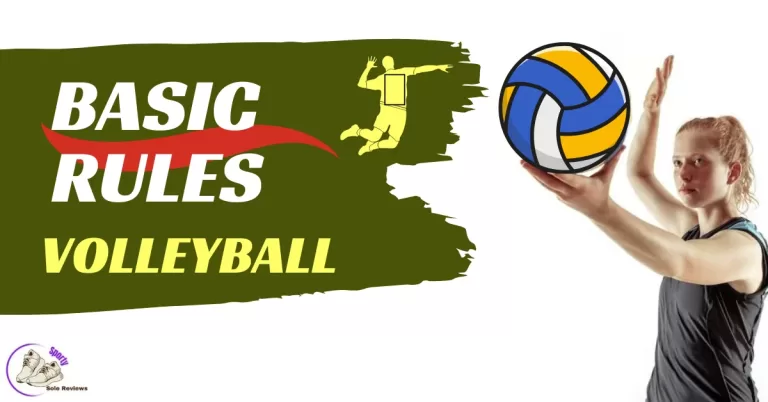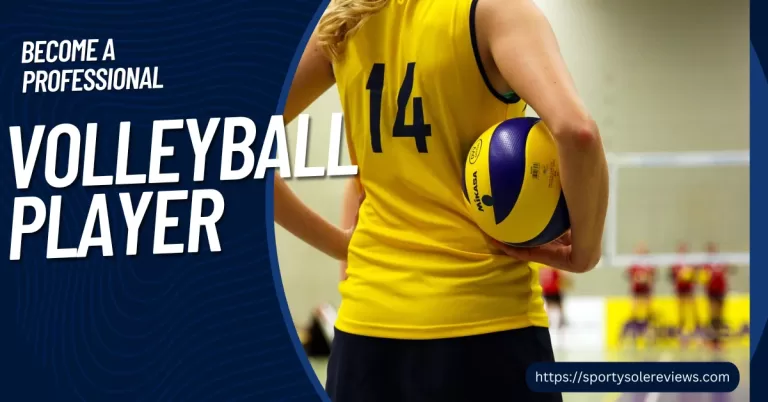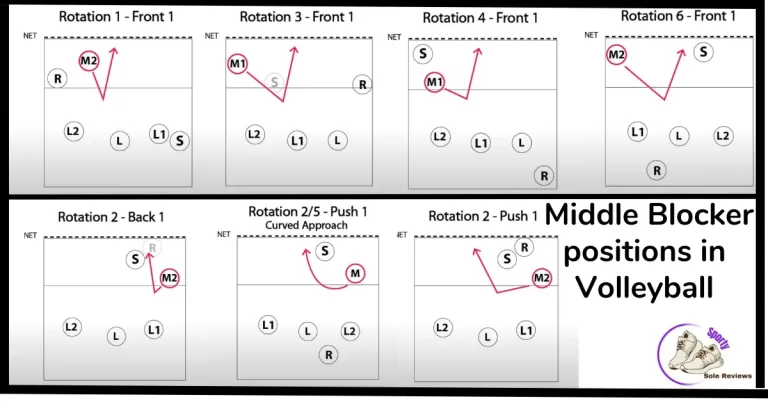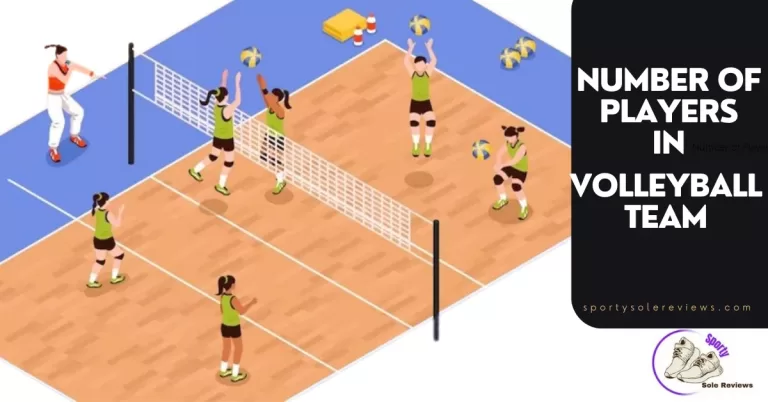volleyball finger sprain injuries types and who to treat them
As a volleyball player, I understand the importance of finger health on the court. We all know the game’s intensity, and a volleyball finger sprain can be a game-changer. In this blog post, I share the nitty-gritty of finger injuries, sharing tips on prevention, treatment, and recovery. Keep reading to keep those fingers in peak condition for the game we love!
Volleyball Finger Sprain Information
| Category | Details |
|---|---|
| Injury Name | Volleyball Finger Sprain |
| Cause | Typically caused by jamming or bending the fingers while playing volleyball. |
| Symptoms |
|
| Treatment |
|
| Recovery Time | Varies depending on the severity of the sprain, but can range from a few weeks to a few months. |
| Prevention |
|
Table of Contents
Understanding volleyball finger sprains
A volleyball finger sprain, an acute injury, plagues many athletes on the court. To grasp this affliction.
The Finger Anatomy
To comprehend a finger sprain fully, one must fathom the finger’s intricate anatomy. It comprises phalanges, small bones connected by ligaments and surrounded by tendons that facilitate movement.
Distinguishing Sprains from Other Injuries
Discerning between finger sprains and their close cousins, like dislocations or fractures, is crucial. Sprains occur when ligaments are stretched or torn, differing from fractures involving bone damage and dislocations where bones slip out of place.
Common Causes of Finger Sprains in Volleyball
- Impact Injuries from the Ball: Hard-hitting serves or spikes can jar the finger, causing sprains due to abrupt force.
- Overextension during Blocking or Spiking: Players often hyperextend their fingers during blocks and spikes, leading to ligament strain.
- Repetitive Stress from Passing and Serving: Prolonged exposure to repetitive motions, like passing or serving, can gradually weaken finger ligaments, making them susceptible to sprains.
First Aid and Immediate Care for Volleyball Finger Sprain
In the fast-paced world of sports, injuries can happen in the blink of an eye. When it comes to a volleyball finger sprain, swift and effective first aid is crucial to prevent long-term damage. Here’s a step-by-step guide on what to do when a finger sprain occurs on the court.
R.I.C.E. Protocol (Rest, Ice, Compression, Elevation):
- Rest the injured finger immediately to avoid further strain.
- Apply ice to reduce swelling and numb the pain. Wrap it in a cloth and apply for 15-20 minutes every hour.
- Use a finger splint for compression and support. This helps stabilize the affected area.
- Keep the injured hand elevated above heart level whenever possible to minimize swelling.
Splinting the Injured Finger:
- Splinting is crucial to immobilizing the injured finger. Use a buddy splint by taping the injured finger to an adjacent one, keeping it straight and secure.
- Ensure the splint is firm but not too tight to avoid cutting off circulation.
When to Seek Professional Medical Attention:
- While immediate first aid helps, it’s essential to consult a healthcare professional for a proper diagnosis and treatment plan.
- Seek medical attention if the pain is severe, the finger is deformed, or if there’s no improvement within 48 hours.
Recovery and rehabilitation
Volleyball players, listen up! Volleyball finger sprains may sideline you, but with the right approach to recovery and rehabilitation, you can bounce back stronger than ever.
Detailing the Recovery Process
When dealing with a volleyball finger sprain, patience is key. First and foremost, rest and time off from volleyball are non-negotiable. Overusing an injured finger can lead to complications.
Physical therapy and exercises
To regain strength and flexibility, enlist the help of a qualified physical therapist. They’ll guide you through a tailored regimen of exercises. Strengthening exercises like finger flexor curls and extensor stretches are essential components.
Preventing future finger sprains
Prevention is better than cure. Incorporate these measures:
- Strengthening exercises: Regularly work on grip strength and finger dexterity.
- Protective taping techniques: Learn how to tape your fingers for added support.
- Proper technique and hand positioning in volleyball: Perfect your form to reduce the risk of injury.
Gradual Recovery from a Volleyball Finger Sprain
Easing Back into the Game
Returning to the volleyball court after a finger sprain demands a cautious and methodical approach to ensure a full recovery.
Rebuilding strength and flexibility
Begin with gentle finger exercises to rebuild strength and flexibility. Utilize finger splints or tape to provide added support during initial sessions.
Gradual Reintroduction of Volleyball Drills
As your finger gains strength, gradually reintroduce volleyball-specific drills. This should be a gradual process, with a focus on technique to avoid straining the healing tissue.
Monitoring for Lingering Discomfort
Monitoring for any lingering discomfort or weakness is essential.
Listen to your body
Listen to your body’s signals during practice and games. If you experience pain or discomfort, it’s vital to communicate with your coach and seek professional guidance from a sports medicine specialist.
Emphasizing self-care and injury prevention
Emphasize the significance of ongoing self-care and injury prevention.
Warm-Up Routine
Maintain a proper warm-up routine, incorporating stretching and mobility exercises for your fingers. This will help prepare your hands and fingers for the demands of volleyball.
Protective Gear
Invest in quality protective gear like finger sleeves to reduce the risk of future injuries. Properly fitting gear can provide crucial support during play.
Conclusion
In closing, folks, volleyball finger sprains ain’t no joke. Take it from a player: finger health is MVP. Tape ’em up; wear guards. And if you feel the pain, don’t hesitate. Seek expert help for those digits. Keep ’em strong, and keep spiking!
What causes volleyball finger sprains?
Volleyball finger sprains usually occur due to improper ball-handling techniques, like awkwardly hitting the ball or jamming fingers during a block.
How can I prevent volleyball finger sprains?
Preventive measures include wearing protective gear such as finger sleeves and practicing proper hand positioning and techniques.
What are the common symptoms of a finger sprain?
Symptoms may include pain, swelling, bruising, and limited finger movement, making it crucial to address the issue promptly.
Is it necessary to consult a doctor for a finger sprain?
Yes, seeking professional advice is vital to ensure a proper diagnosis and appropriate treatment, preventing potential complications.
How long does recovery from a volleyball finger sprain typically take?
Recovery time varies but can range from a few weeks to several months, depending on the severity of the injury and adherence to treatment and rehabilitation.
